
5 Green Spots on Earth
Rainforests
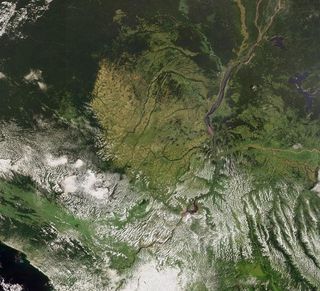
The Earth may be known as the Blue Marble, but one of it's most important colors is green. Green is the sign of life on our humble home planet, so in honor of St. Patrick's Day and its signature color, we're taking a look at some of the greenest places on the planet:
Possibly the greenest areas on Earth are its rain forests, including the Congo, picture above.
The Congo River Basin's rainforests are the second largest in the world, after the Amazon. The Congo is home to a wealth of biodiversity over 10,000 plant species, 1,000 bird species and 400 mammal species, including three great ape species.
The size of the Congo rainforests means that they can absorb large amounts of carbon dioxide from the atmosphere and produce oxygen that goes back into it. This gas production and consumption has earned the forests the nickname of 'second lungs of the Earth' (the Amazon is the first).
Nile River Delta
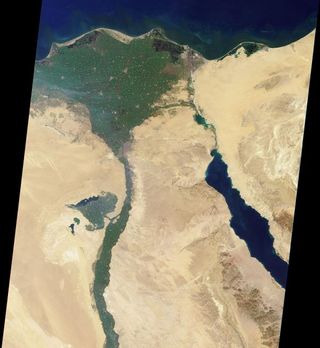
The fertile delta of the Nile River stands out between the blue of the Mediterranean Sea and the tan of the Sahara.
At the apex of the fertile Nile River Delta is the Egyptian capital city of Cairo. To the west are the Great Pyramids of Giza. North of here the Nile branches into two distributaries, the Rosetta to the west and the Damietta to the east.
Phytoplankton Blooms
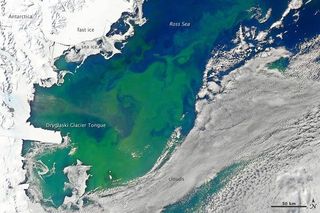
Floating, microscopic plants, known as phytoplankton, soak up the sunlight and the nutrients stirring in the oceans and grow into prodigious, green blooms, such as this one in Antarctica's Ross Sea.
Sign up for the Live Science daily newsletter now
Get the world’s most fascinating discoveries delivered straight to your inbox.
Those blooms become a great banquet for krill, fish, penguins, whales, and other marine species who carve out a living in the cool waters of the far south.
Aurora
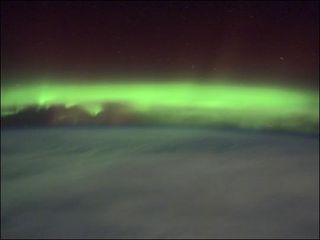
The atmosphere above Earth's surface can also take on a greenish hue.
Auroras, also known as the northern and southern lights, are created when high-energy electrons from the sun pour down from the Earth's magnetosphere and collide with atoms in Earth's atmosphere.
Green auroras occur from altitudes of about 62 to 155 miles (100 to 250 kilometers) and are caused by the emission of a particular wavelength of light from oxygen atoms.
This picture of an aurora was taken by astronauts aboard the International Space Station in 2001.
Ireland
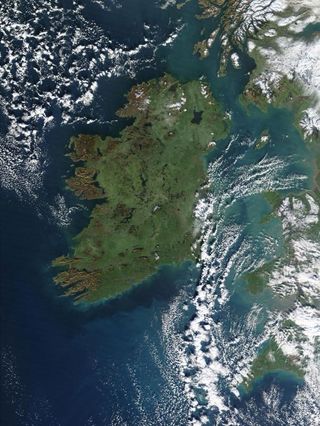
No list of green places would be complete without the Emerald Isle. Ireland's signature green color is on display in this image taken on Jan. 4, 2003 by NASA's Moderate Resolution Imaging Spectroradiometer (MODIS).
Ireland is essentially a depression ringed by relatively low mountains. The highest elevation in Ireland is Carrantuohill, located in the rugged terrain of the southwest tip. The bowl-like shape creates the network of lakes scattered across the island, and over time has produced peat bogs, which provide a source of fuel on the island, which is covered mostly by pasture and meadows.










